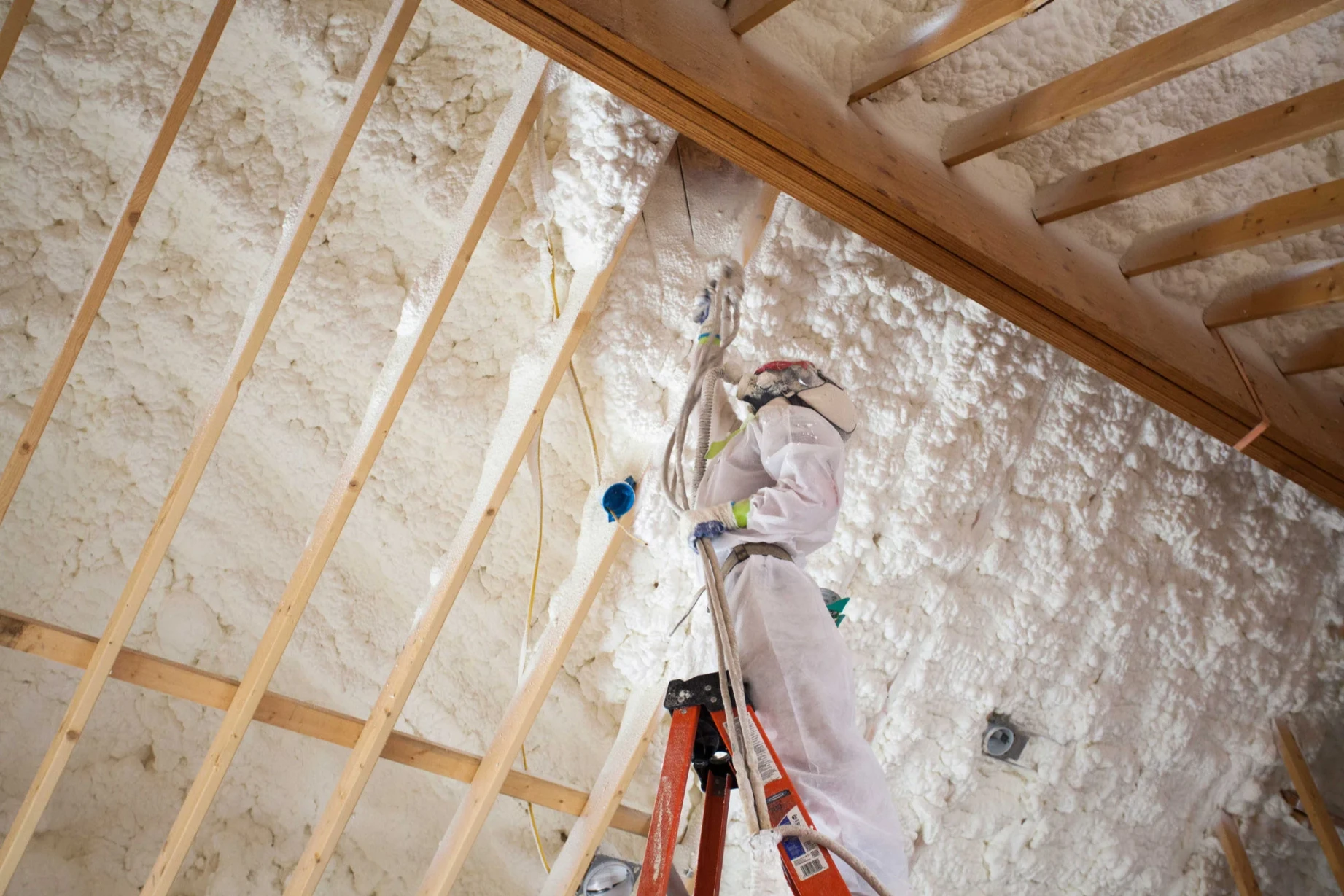
Spray foam insulation is a highly effective solution for sealing gaps, improving energy efficiency, and enhancing building durability. A common question among contractors and property owners is: How many square feet does a 55-gallon drum of spray foam cover? Understanding the coverage potential of spray foam is essential for budgeting, project planning, and ensuring optimal insulation performance.
The coverage of a 55-gallon drum of spray foam depends on several factors, including the type of foam, application method, and environmental conditions. Spray foam is categorized into two main types:
Each type offers different coverage rates and insulation benefits.
Spray foam expands upon application, but the degree of expansion varies significantly:
| Spray Foam Type | Expansion Rate | Approximate Coverage per 55-gallon Drum |
| Open-Cell | 100x | 22,000-25,000 board feet |
| Closed-Cell | 35-50x | 4,500-5,500 board feet |
Spray foam coverage is often measured in board feet (1 square foot at 1 inch thick). A thicker application reduces total coverage. For example:
Temperature, humidity, and substrate material affect foam expansion and adherence. Warmer conditions enhance expansion, while colder temperatures may reduce yield.
For insulating walls, attics, and crawl spaces:
For large-scale projects, such as warehouses or metal buildings:
Spray foam is widely used for roofing due to its waterproofing and insulation benefits:
| Insulation Type | R-Value per Inch | Coverage Efficiency |
| Open-Cell Foam | R-3.5 to R-4.0 | High expansion, large coverage |
| Closed-Cell Foam | R-6.0 to R-7.0 | Higher efficiency, lower coverage |
| Fiberglass Batts | R-3.0 to R-4.0 | Requires precise fitting |
| Cellulose | R-3.2 to R-3.8 | Susceptible to settling |
Spray foam offers superior air sealing and insulation compared to traditional methods, reducing energy costs significantly.
The cost of spray foam insulation varies based on:
| Foam Type | Estimated Cost per Board Foot |
| Open-Cell | $0.44 – $0.65 |
| Closed-Cell | $1.00 – $1.50 |
For a 55-gallon drum, costs typically range from $1,500 to $3,000, depending on material and supplier.
A 55-gallon drum of spray foam can cover a significant area, but the exact coverage depends on the type of foam, application thickness, and environmental conditions. Whether used for residential, commercial, or industrial projects, spray foam provides exceptional insulation benefits. For expert spray foam insulation services in Spokane, WA, consider consulting a professional contractor.
For top-quality spray foam insulation solutions in Spokane, WA, contact Inland Northwest Spray Foam for expert guidance and a customized estimate.
A 55-gallon drum of closed-cell spray foam weighs approximately 500-550 lbs, while open-cell foam is lighter at 300-350 lbs.
Yes, but results may vary. Closed-cell foam is more adaptable to cold conditions, while open-cell foam may require warmer environments for optimal expansion.
Spray foam insulation can last 50+ years when applied correctly, providing long-term energy savings.
Yes, but proper ventilation is required during installation. Once cured, spray foam is non-toxic and stable.
Spray foam provides superior air sealing, moisture resistance, and a higher R-value, making it more efficient than fiberglass.
DIY kits exist but are best suited for small projects. Professional application ensures proper expansion and adhesion.
Yes, open-cell foam absorbs sound effectively, making it ideal for soundproofing applications.
Excessive thickness can lead to improper curing, cracking, and performance issues. Following manufacturer guidelines ensures proper application.
Yes, closed-cell spray foam is widely used on metal structures to prevent condensation and improve insulation.